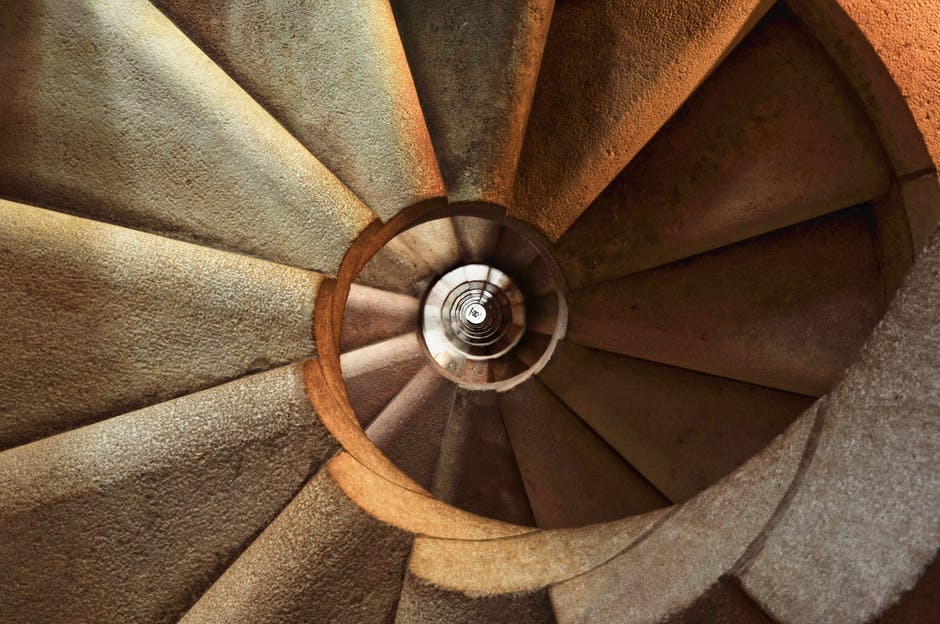Addictions begin by releasing positive feelings related to the use of a substance. Then a cycle occurs that strengthens the desire or need for the substance.
It is important to understand what the cycle of addiction looks like. Recognizing this cycle can help you escape it and maintain your sobriety through recovery and beyond.
The Cycle of Addiction
The cycle of addiction is commonly broken down into three stages: the binge or intoxication stage, the withdrawal stage, and the anticipation stage.
The common signs of addiction are produced through these stages. After initial use, your body’s tolerance level of the substance begins to rise, which begins the cycle in the binge or intoxication stage. The dependence upon the substance becomes clear during the withdrawal stage, and relapses occur during the anticipation stage.
The addiction cycle can drastically vary in length depending on the individual, their level of addiction, and their willingness to recover.
Binge or Intoxication Stage
The binge or intoxication stage involves the initial or repeated intake of the addictive substance. During this stage, the pleasurable sensations are felt, rewarding the body and mind for using the substance. This reinforcing stage is dangerously influential; they incentivize the body to use the substance again in the future. The more the substance is used, the greater the body’s desire for the substance.
Individuals in this stage of the addiction cycle tend to use a large amount of the substance and use it regularly. This establishes the baseline for the amount the body needs to use to experience positive feelings or, with severe addictions, to be able to function at all.
The body becomes dependent on the substance during this phase, and it’s this dependence that furthers the addictive cycle. The process that occurs during this stage is similar to the process our body uses to create habits. Addictive intoxication causes the use of the substance to become a habit that is hard to break.
Withdrawal Stage
The second stage is often referred to as the withdrawal stage or the negative effect stage. During this stage, the withdrawal effects come into play.
Withdrawals reinforce the need for the substance through their effects on the neural pathways. These effects happen when fewer chemicals that cause us to feel joy are released in the brain, which has a drastic effect on the body. When an individual chooses to quit the use of a substance or simply neglects using, withdrawal symptoms come into play, causing extreme discomfort.
An interesting aspect of substance use during this phase is that the intention of use changes drastically from the intention involved in the binge or intoxication stage. Once the withdrawal phase begins, individuals start to use the substance to counteract the negative withdrawal symptoms. Originally, the substance was taken to feel pleasure, not necessarily to avoid discomfort. Now, however, if the individual does not use it, they experience very uncomfortable consequences. This can make recovery very difficult.
Anticipation Stage
The anticipation stage is the final stage, and it is also referred to as the preoccupation stage. Once an individual begins to avoid using the substance, they experience cravings to use it again. Many people in this stage view finding the substance and continuing use almost as an enticing challenge for them to accomplish. In fact, in the anticipation stage, finding and using the substance can easily become the main priority. Once the substance is found, the binge or intoxication state begins again, and the cycle recurs.
The anticipation stage can occur after months of abstinence or hours of abstinence. It can vary depending on if the individual is working through recovery actively or not. When this stage begins, it often leads to the cycle of addiction starting over again. The prefrontal cortex is disrupted, which causes the need for fulfillment from the substance to strengthen. This disruption is what forces the body back into a state of intoxication.
How to Escape the Cycle
Escaping the cycle of addiction can be challenging, but it is both possible and necessary. People who have felt inescapably trapped by the addiction cycle have broken free and maintained long-term recovery, and with the right help, anyone who’s willing can do it.
One of the first steps toward recovery is self-recognition. If you can pinpoint the stage you are at in the cycle of addiction and contemplate strategies to overcome the upcoming obstacles, your chance of success is much greater. Many strategies can be implemented into your recovery plan based on the point you are at in the cycle of addiction, catering to your current needs. Maintaining motivation through the process of breaking this cycle is vital. It can help you hold to your commitment to recovery.
Refraining from substance use requires a strong sense of willpower, but it can be accomplished during any stage of the addiction cycle. Choosing to quit will bring you into the state of abstinence again, but it takes practice to stay in that state and not fall back into the cycle. Reach out to your treatment team today to develop a plan to break this cycle for good.
The cycle of addiction sets in with the consistent use of a substance, and it reinforces itself through three stages. In the binge or intoxication stage, the addicted individual uses the problematic substance consistently and intensely. This phase reinforces the rewarding aspects of the substance abuse and subconsciously encourages the individual to continue usage. After the individual reduces the amount of substance they are using or avoids using altogether, the withdrawal stage comes into play. During this phase, a variety of negative symptoms affect the individual, reinforcing the idea that the substance is essential. Next, the anticipation stage leads to an obsession to find the substance and continue use, leading to a binge stage again. This cycle can occur many times before it is recognized. Understanding this cycle can help you break free of it. To learn more, reach out to Dream Recovery today at (949) 732-1960.

